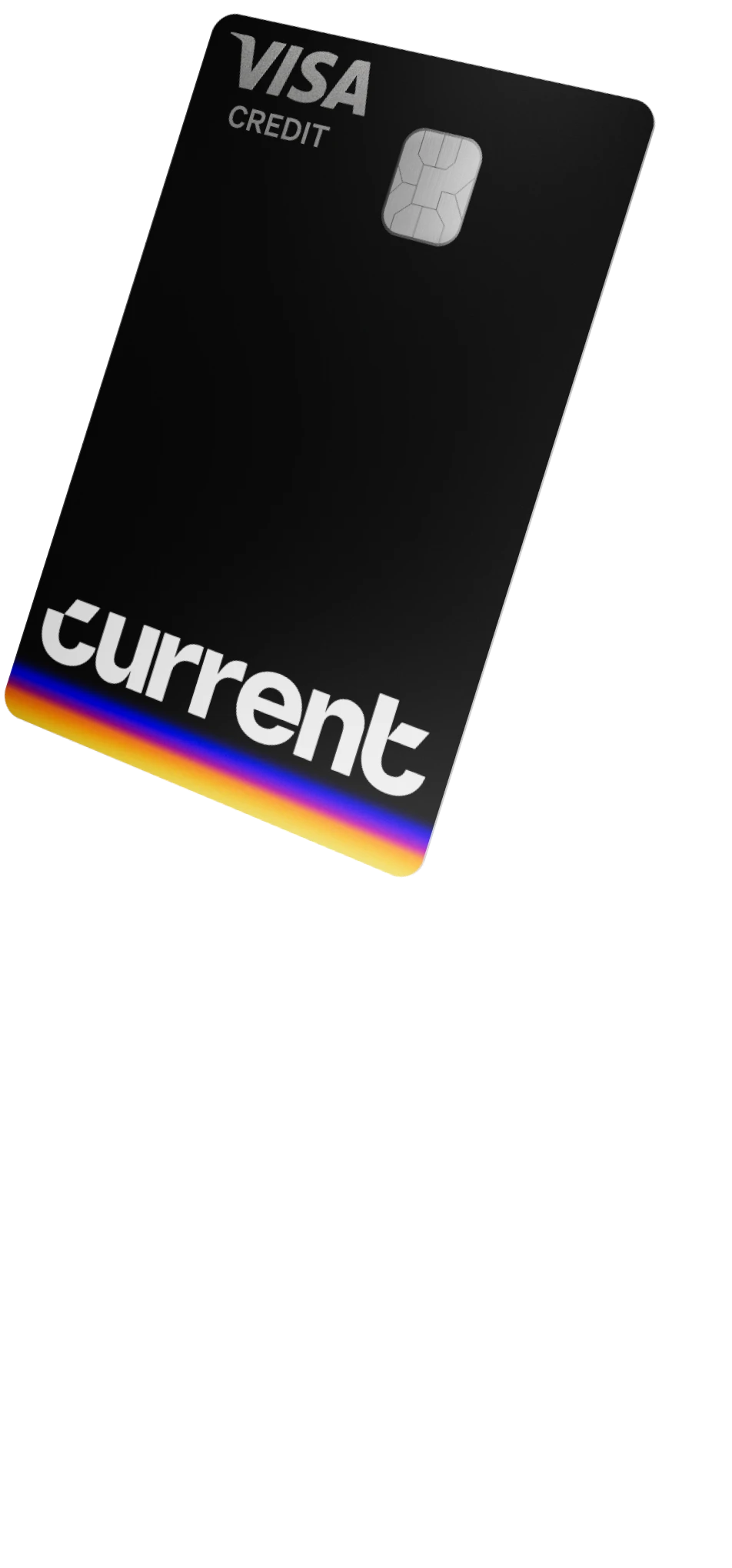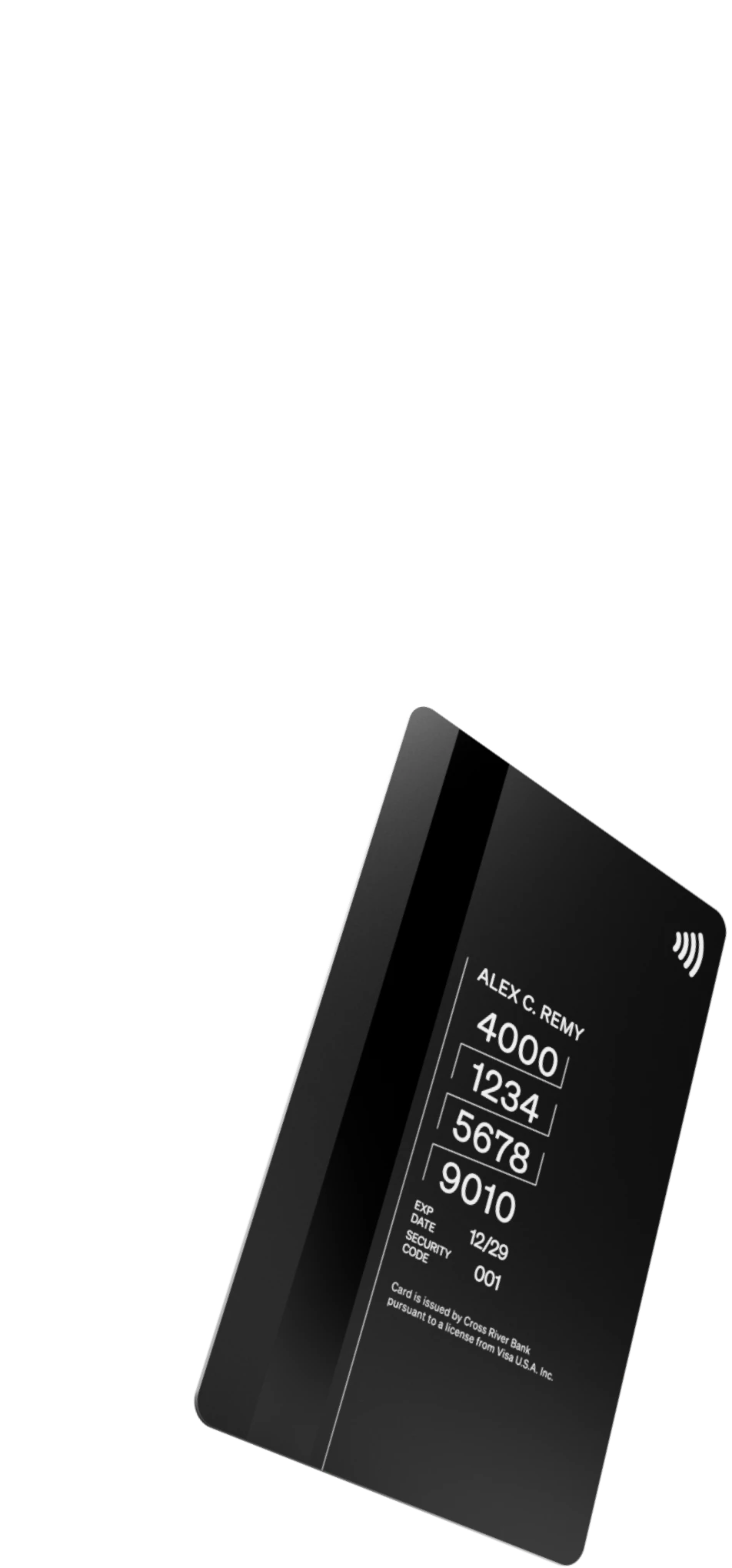What is an ACH transfer

You've just been hired for a new job, and your employer explains that you'll get your paycheck via something called ACH. Suddenly, you start wondering, what is an ACH transfer?
Don't be perplexed by the formal-sounding language. An ACH transfer is a movement of money from one account to another, and it's triggered by paperwork. Chances are, you've used it before even if you didn't know what it was called.
What Is the ACH?
To understand the ACH transfer process, you must begin by determining who processes these requests.
The organization behind them is the National Automated Clearing House Association (NACHA). NACHA sets the rules and regulations about ACH transfers. And NACHA helps people understand what the ACH does and doesn't do.
This group runs a network they call the Automated Clearinghouse, or ACH. The ACH is a nationwide network that handles electronic debit and credit movements. Any one of those shifts is known as an ACH transfer.
In 2019 alone, ACH processed more than 27 billion payments. Some of them were scheduled and repeating, such as payroll funds moving from an employer to an employee. But some were one-time ACH transfers, such as a consumer sending someone money via a payment app.
If you've ever filled out a form and gotten your paycheck money deposited directly, you've used ACH. You've also used the system if you use a bank's bill-pay system. Most banks and credit unions lean on ACH to help their customers pay bills online.
How Does an ACH Transfer Work?
For most consumers, ACH transfers are invisible. But a lot happens behind the scenes to ensure money moves in the right way.
Consider a direct deposit ACH transfer. These steps are involved:
- Paperwork: An employee signs a form authorizing the company to put money into either checking or savings accounts.
- Computing: The company puts the employee's account information into its records.
- Authorization: Before payday, the company writes an electronic check to the employee, and it includes the employee's bank account numbers.
- Banking: The company's electronic check is processed by an institution within the ACH system. That bank prepares money.
- Receipt: The employee gets money into the account.
As an employee, all you must do is sign a form one time that allows your employer to move the right amount of money into your account. Each time payday arrives, the same process starts all over again. At Current, we deliver paychecks up to two days faster with direct deposit for our Premium Account members, as we credit member accounts as soon as we receive the information from the Federal Reserve, instead of waiting for the employer-specified date.
Pros & Cons of ACH Transfers
There's plenty to love about using an electronic service to send and receive money. But drawbacks are real, and they can keep some people from using the ACH system extensively.
Common benefits associated with ACH transfers involve:
- Less hassle. You won't need to visit a bank in person to move money.
- Safety. Transfers are generally considered safer than paper checks, as fewer people handle them.
- Timeliness. You'll get your funds quicker with a transfer than you would with a paper check. With Current, you’ll get your paycheck up to 2 days faster with direct deposit as a premium member.
But drawbacks involve delays. Most ACH network institutions process payments in batches, meaning they won't release the funds from your check until they have plenty of other checks in the pipeline.
Some banks also need a bit of time to work through the transfer system. They may announce your check as "pending" in your account, but you'll be unable to touch the funds for another day or two. There's nothing you can do to speed up this process, and that can be frustrating.
Control Your Money With Ease
At Current, we know our clients want their money as quickly as possible. We do all we can to ensure that you're given every dime that's yours as soon as we can.
We credit your account as soon as we receive the information from the Federal Reserve, as provided by your employer. This means you’ll receive your paycheck up to two days faster with direct deposit to your Current Premium Account than you would with a traditional bank.
We also know that plenty of our customers need to send funds to other people, and they don't want to hassle with ACH to do it. Our Current Pay system allows you to send money to someone else on Current for free, and the funds move instantly. Never worry about covering your half of the dinner bill or paying back a friend. We make that easy.
Let us worry about the financial lingo and hassles. Spend more time enjoying your money rather than worrying about it. Download our app and sign up with Current today in just two minutes.
Banking services provided by Choice Financial Group, Member FDIC. The Current Visa Debit Card is issued by Choice Financial Group pursuant to a license from Visa U.S.A. Inc. and may be used everywhere Visa debit cards are accepted.
References
Automated Clearinghouse Services. Board of Governors of the Federal Reserve System.
What Is an ACH? (August 2016). Consumer Financial Protection Bureau.
What Is ACH? NACHA.
History of NACHA and the ACH. NACHA.
Direct Deposit for Consumers. NACHA.




